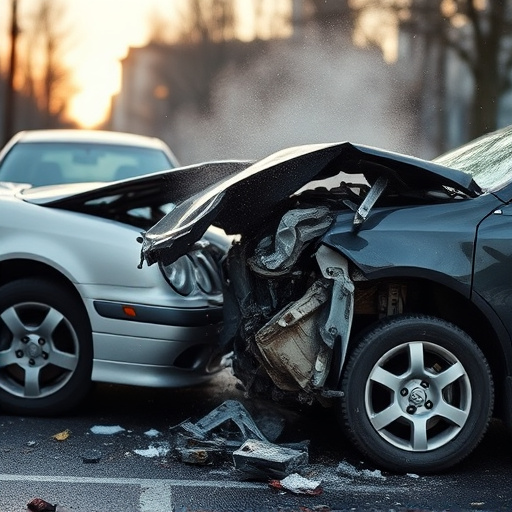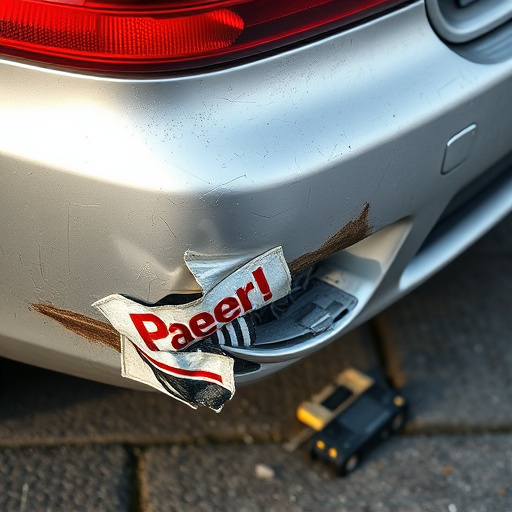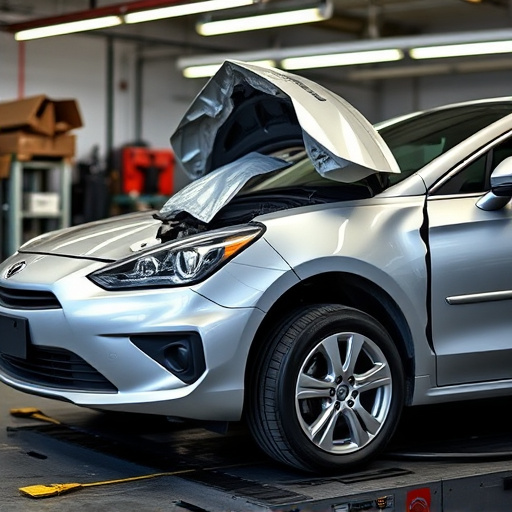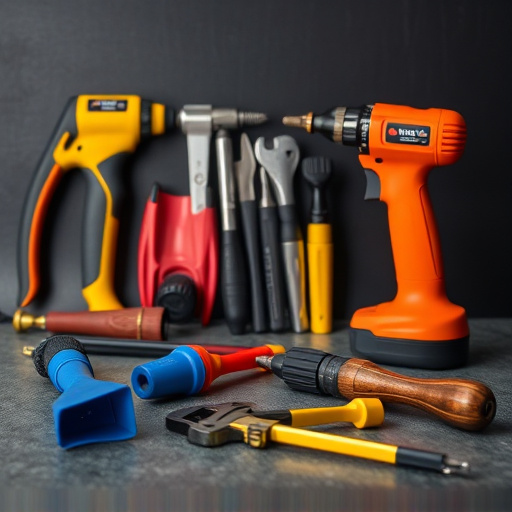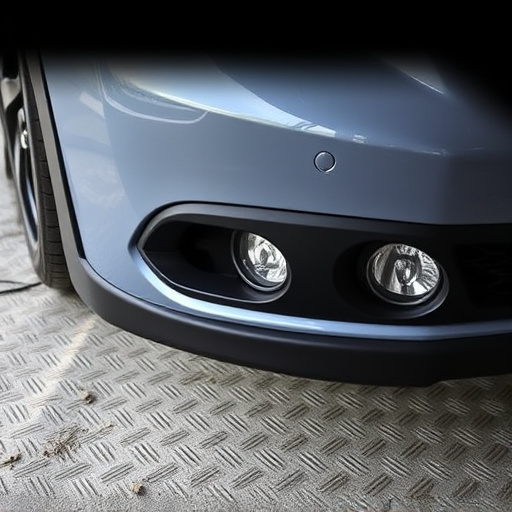Fallen tree damage repair requires meticulous assessment by professionals using precision tools to identify broken branches, uprooted roots, and structural issues. A detailed survey compares the tree's current state with its original structure, guiding targeted repairs for efficient restoration. Non-destructive testing methods unveil hidden injuries, ensuring safe and effective restoration while mitigating risks from unseen structural weaknesses. Accurate diagnosis is crucial for understanding harm and guiding repair strategies, whether for property damage or vehicle collision repair.
When a tree falls, it’s not just about clearing debris—it’s crucial to assess and understand the extent of the damage. This introduction outlines the critical role diagnostics play in effective fallen tree damage repair. We’ll explore essential steps for assessing damage, delving into how advanced diagnostics uncover hidden injuries that might otherwise go unnoticed. By the end, you’ll grasp why accurate diagnosis is key to selecting the best repair strategies.
- Assessing Fallen Tree Damage: Essential Steps
- Diagnostics: Uncovering Hidden Tree Injuries
- Effective Repairs After Accurate Diagnosis
Assessing Fallen Tree Damage: Essential Steps
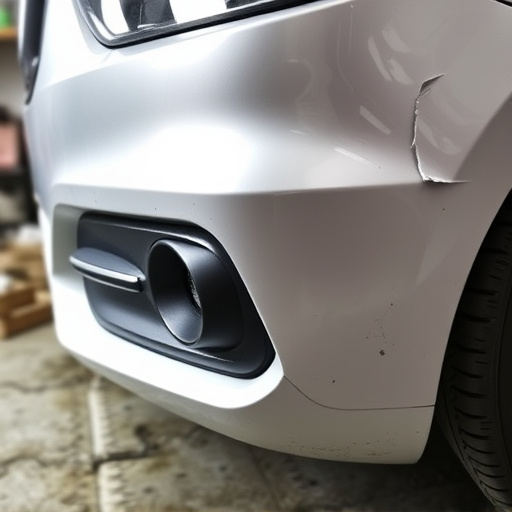
Assessing fallen tree damage is a meticulous process crucial for effective fallen tree damage repair. The first step involves a thorough inspection, where professionals carefully examine the tree and its surroundings. This includes identifying broken branches, uprooted roots, and any structural integrity issues in the tree trunk. By using specialized tools like precision knives and measuring tapes, they can assess the extent of the damage, ensuring no hidden risks exist that might pose danger to nearby structures or individuals.
Once the initial inspection is complete, a detailed survey is conducted to pinpoint specific areas requiring auto body repairs. This involves comparing the tree’s current state with its original structure, akin to how one would assess damage on a vehicle after a car collision repair. In both cases, precision and attention to detail are paramount. Proper assessment ensures that repairs are targeted, minimizing unnecessary work and maximizing efficiency in the restoration process.
Diagnostics: Uncovering Hidden Tree Injuries

Diagnostics play a crucial role in fallen tree damage repair, often revealing hidden injuries that might not be immediately apparent. When a tree falls, it can sustain internal damage from stress, roots, and impact, which could compromise its structural integrity over time. Skilled arborists employ various diagnostic tools to assess these issues, similar to how an auto body shop inspects vehicles for damages before initiating repairs.
These diagnostics involve careful examination of the tree’s trunk, branches, and root system. Technicians may use non-destructive testing methods such as visual inspections, ultrasonic transducers, or even ground-penetrating radar to detect cracks, cavities, or root damage without causing further harm. Just as auto body repair services offer comprehensive assessments for vehicles, these diagnostic approaches ensure that fallen trees are safely and effectively restored, preventing potential risks associated with unseen structural weaknesses.
Effective Repairs After Accurate Diagnosis
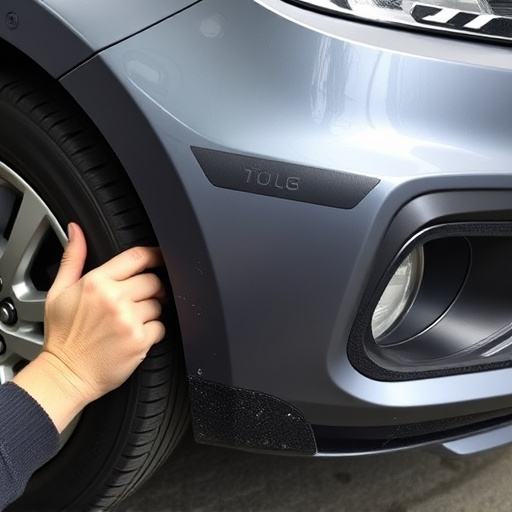
Accurate diagnosis is key to effective fallen tree damage repair. Once a tree falls, it can cause significant destruction, from crushed structures to damaged vehicles and other obstacles. A professional assessment is crucial to understand the full extent of the harm. By examining the scene, experts can identify not only structural damage to homes and buildings but also potential hazards like unstable tree remnants or exposed utilities. This meticulous process involves using specialized tools and knowledge to ensure safety and guide repair strategies.
Proper repairs depend on an accurate diagnosis. For instances where vehicles are involved in a vehicle collision repair due to fallen trees, body shops employ techniques tailored to address dent repair, frame straightening, and even replacement parts, all aimed at restoring the affected vehicle to its pre-accident condition. Similarly, for property damage, skilled technicians use advanced methods for fallen tree damage repair, ensuring structures are stabilized, aesthetics are restored, and safety is paramount.
In conclusion, accurately diagnosing fallen tree damage is a critical step in effective repair. By employing advanced diagnostics, arborists can uncover hidden injuries that might go unnoticed during initial assessments. This enables them to conduct targeted repairs, ensuring the health and longevity of affected trees. For optimal fallen tree damage repair, proper diagnosis sets the foundation for successful restoration.
